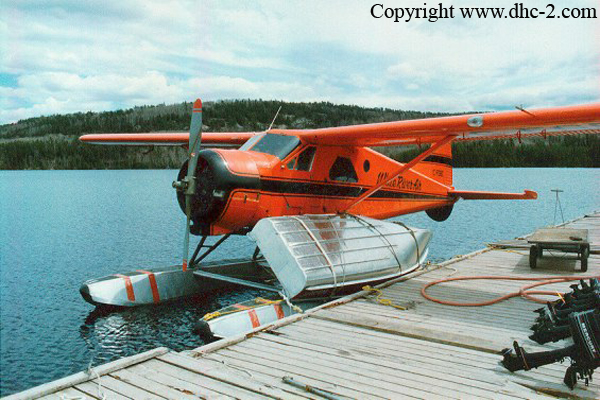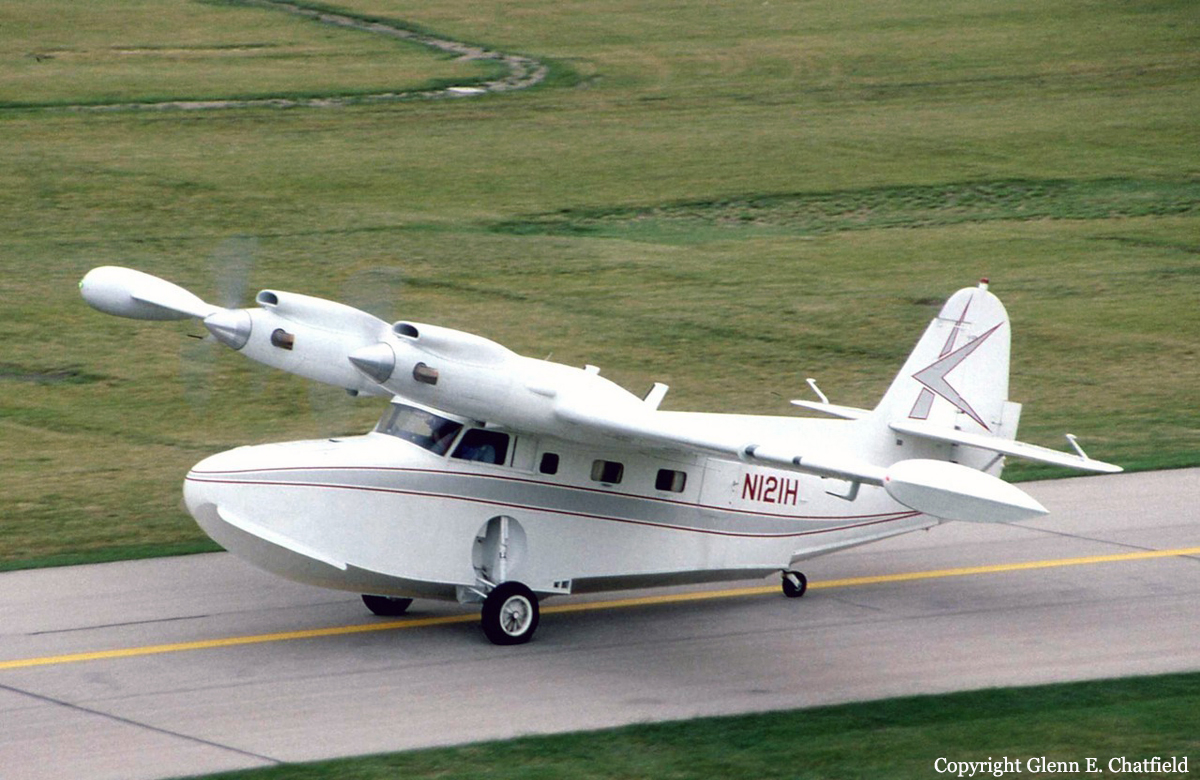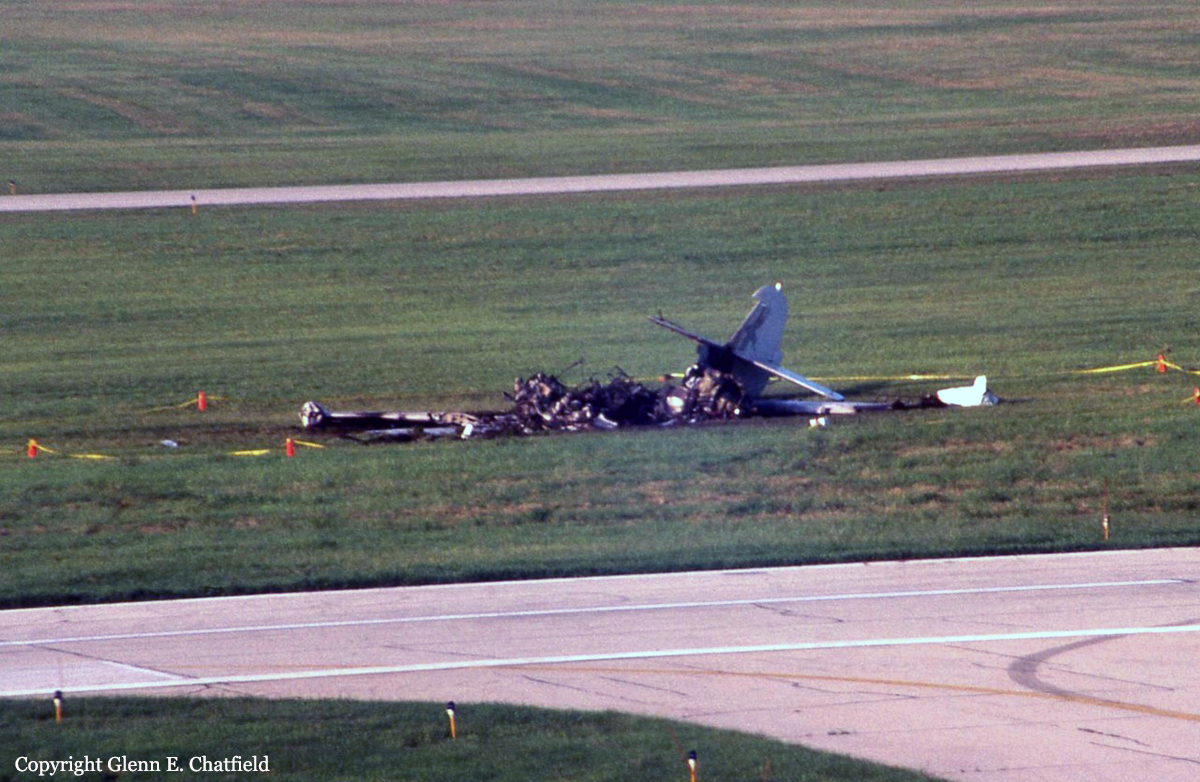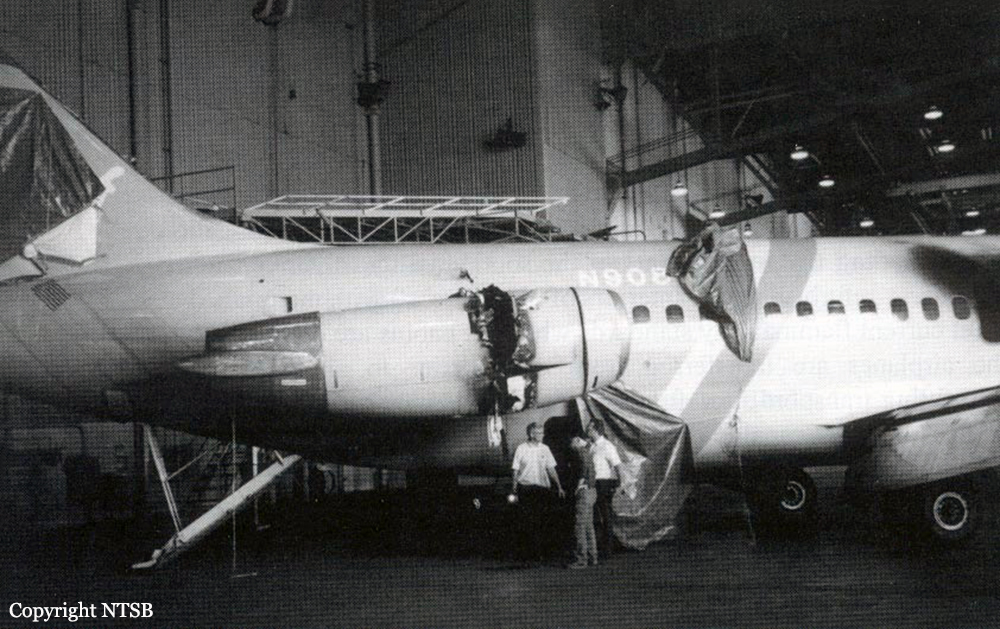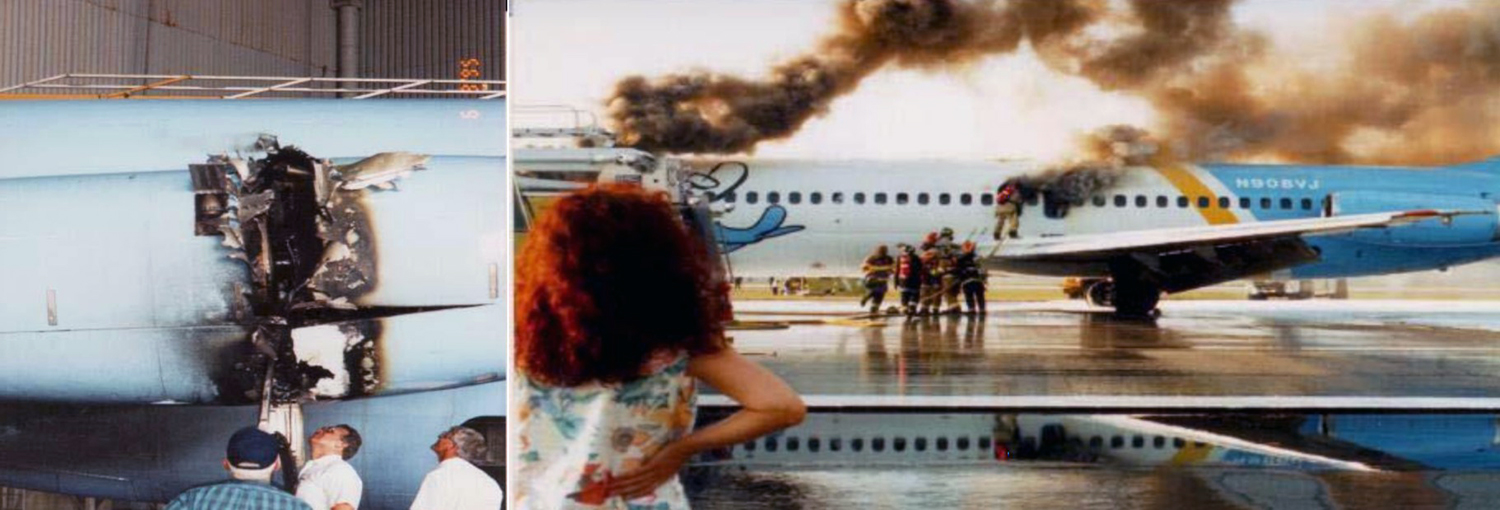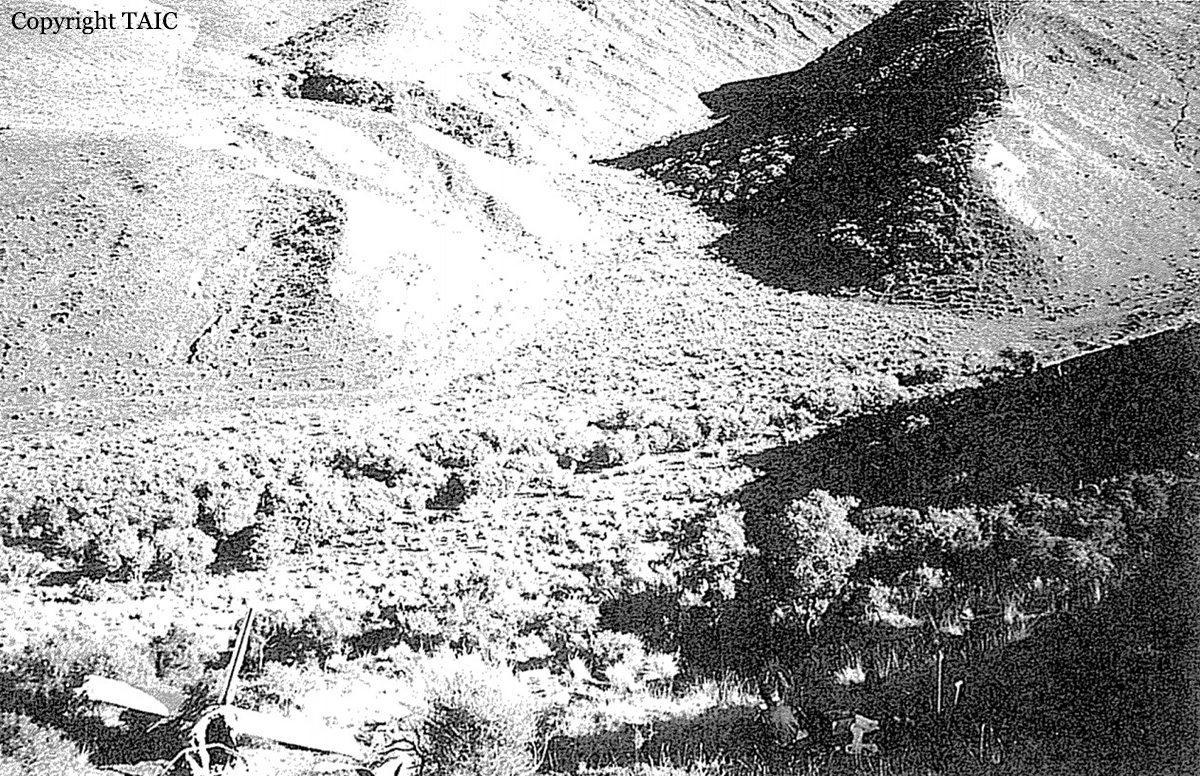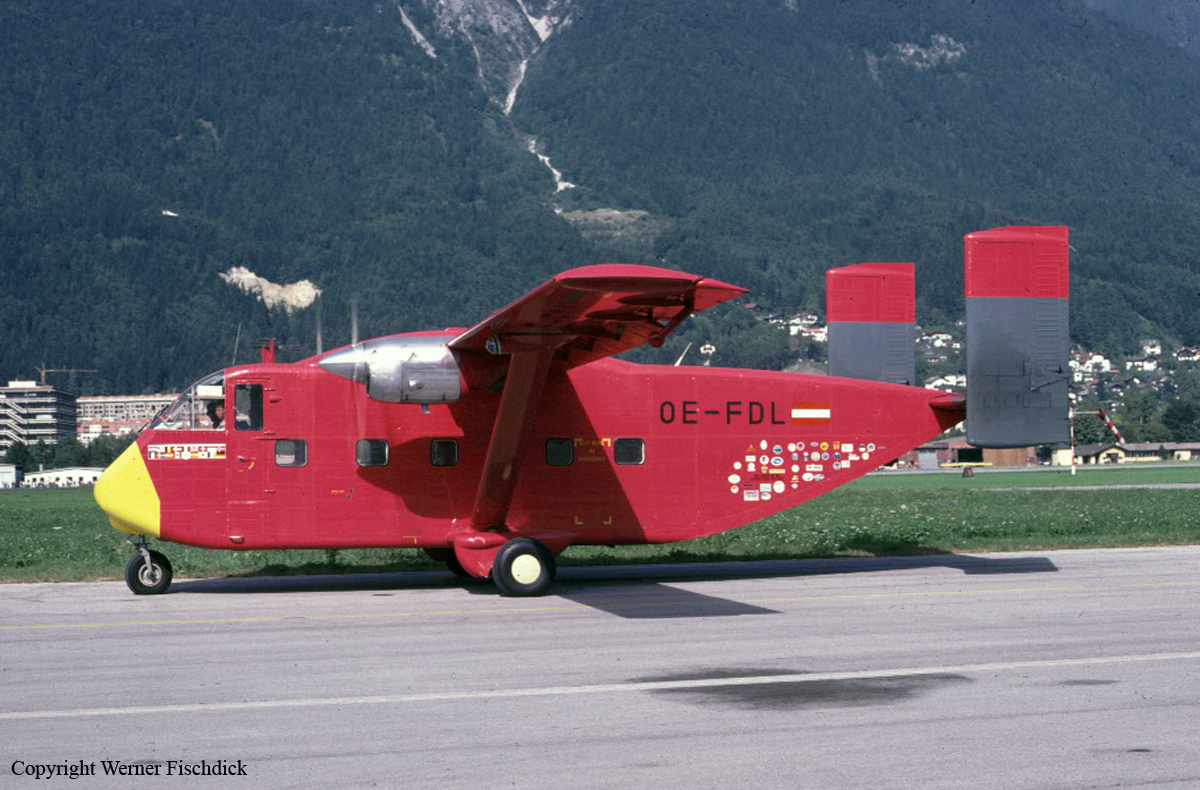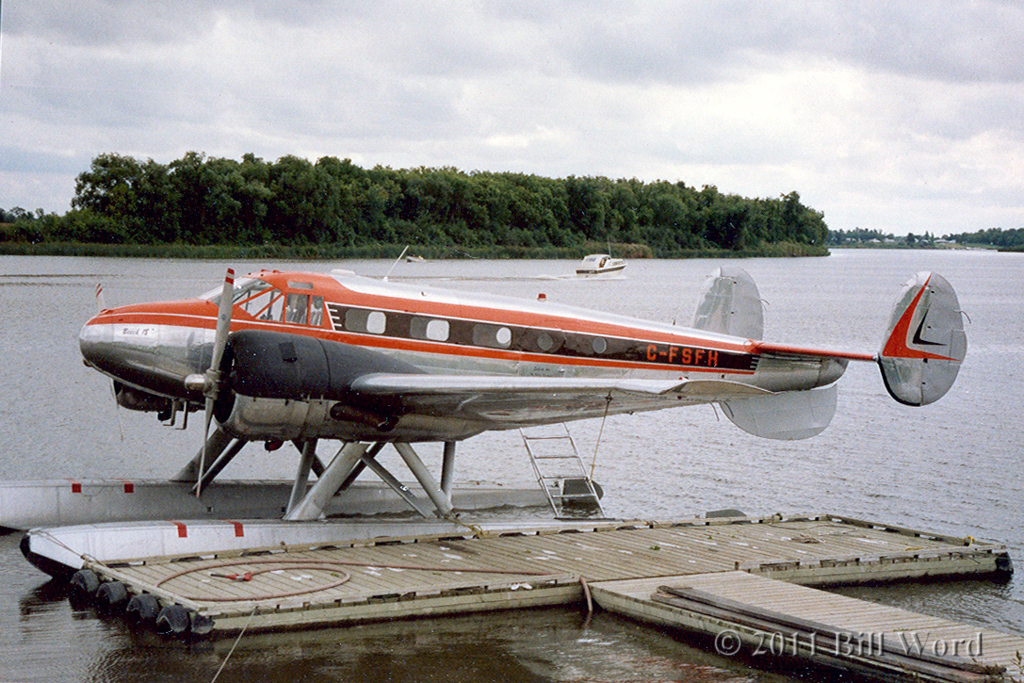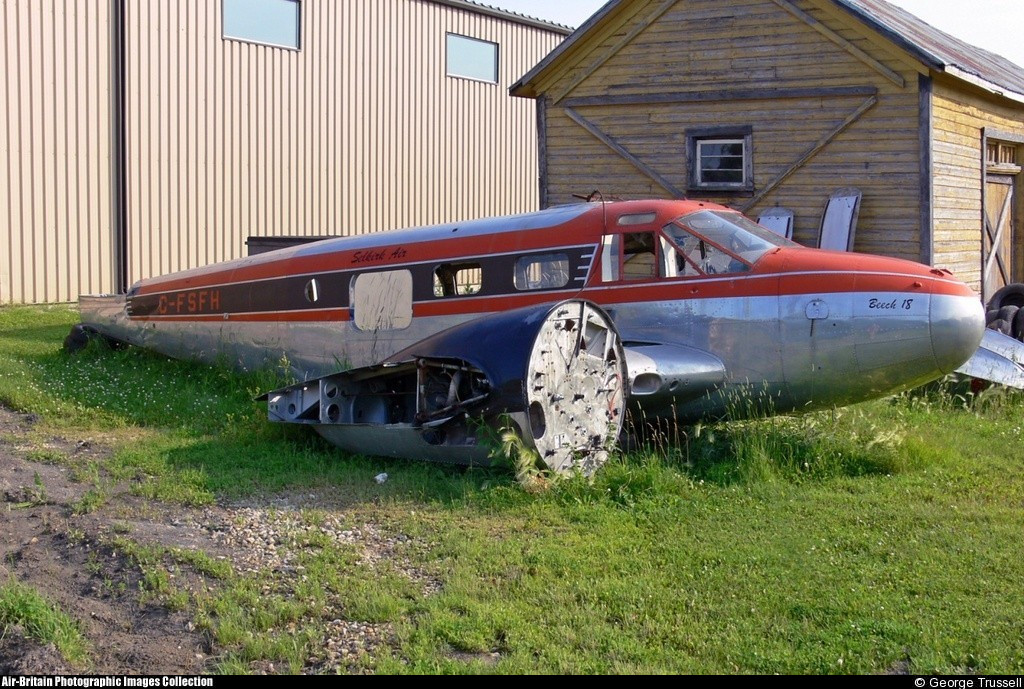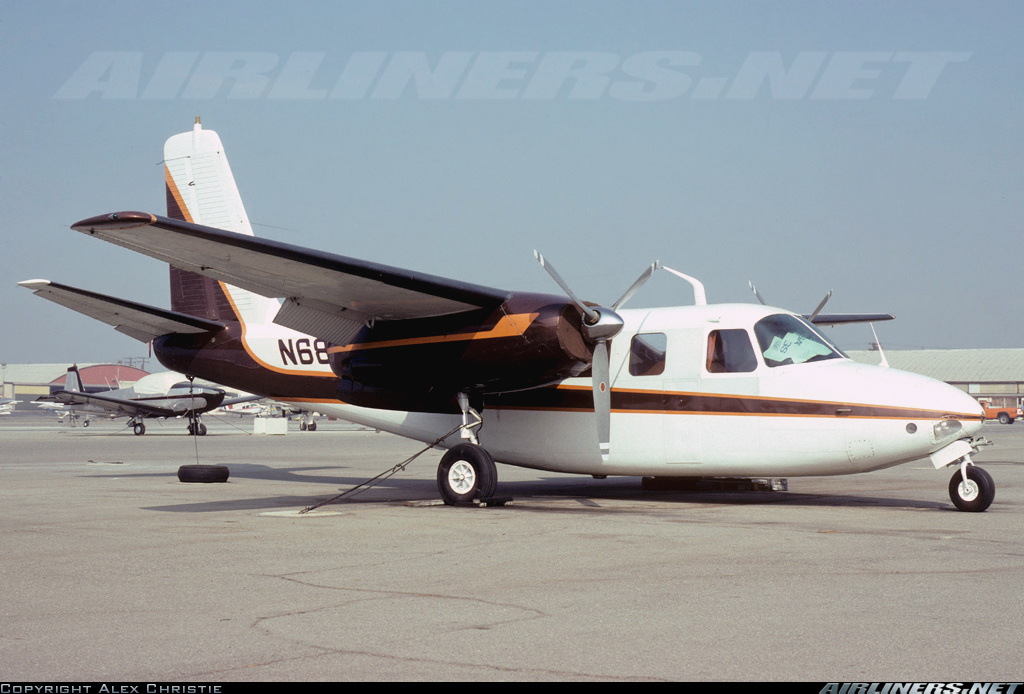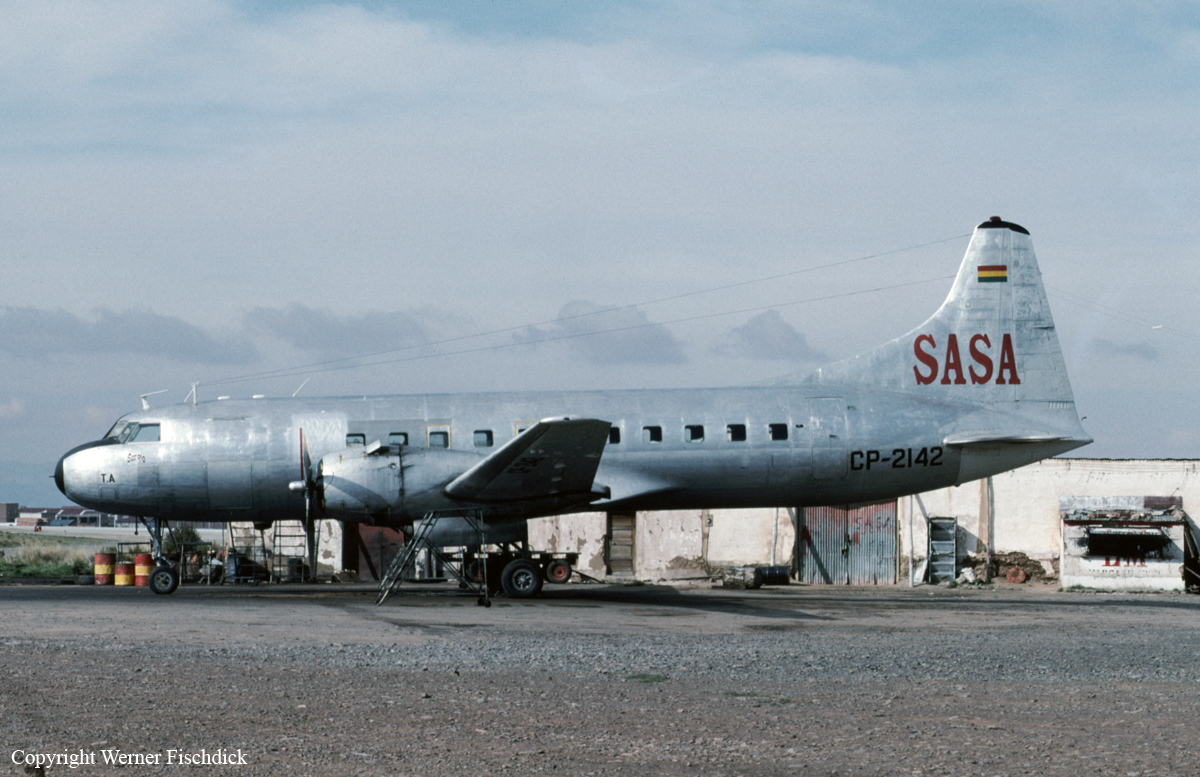Ground accident of a Rockwell Aero Commander 500 in Treasure Cay: 1 killed
Date & Time:
Jul 10, 1995 at 1430 LT
Registration:
N89M
Survivors:
Yes
Schedule:
Treasure Cay – West Palm Beach
MSN:
500-0659-18
YOM:
1958
Crew on board:
1
Crew fatalities:
Pax on board:
6
Pax fatalities:
Other fatalities:
Total fatalities:
1
Circumstances:
On July 10, 1995, about 1430 eastern daylight time, an Aero Commander 500, N89M, registered to Candy Yellow Apple, Inc., leased to and operated by Palm Beach Aviation, experienced separation of a propeller blade during the ground roll to takeoff from the Treasure Cay Airport, Treasure Cay, Bahamas. The nonscheduled, international, passenger flight was operating under 14 CFR Part 135. Visual meteorological conditions prevailed at the time and a VFR flight plan was filed for the flight. The airplane was substantially damaged and the airline transport- rated pilot and five passengers were not injured. One passenger was fatally injured. The flight was originating at the time of the accident.
Probable cause:
The pilot stated that after applying full power to takeoff during the ground roll, he heard a loud sound then aborted the takeoff. Examination of the airplane revealed that 1 of the 2 propeller blades from the right propeller separated from the propeller hub and penetrated the cabin.

